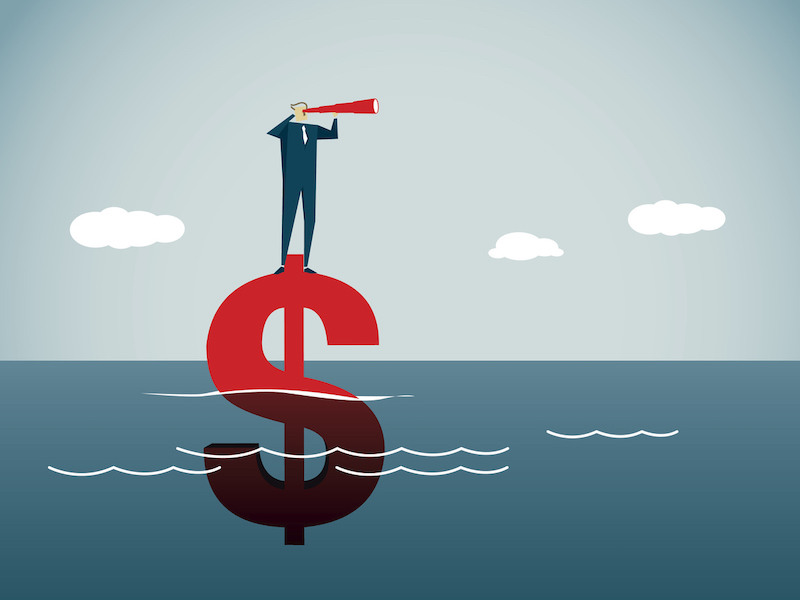
The latest economic outlook from the Conference Board of Canada forecasts that Canada’s growth this year will match its contraction last year, assuming vaccines allow consumers to unleash pent-up demand.
In a two-year economic outlook report released on Tuesday, the Ottawa-based think tank forecast Canada’s real GDP (inflation-adjusted) to grow 5.3% in 2021 — the same percentage by which GDP contracted last year, the board estimated.
For 2022, the board estimated real GDP growth of 3.5%.
The outlook hinges on the successful distribution of Covid-19 vaccines, allowing constrained consumer demand to drive economic growth.
“A successful rollout of vaccines will encourage Canadian households to spend some of what they’ve amassed in savings over the past year, which will help bolster the economy,” said Pedro Antunes, chief economist with the Conference Board of Canada, in a release.
Aggregate household savings surged to over $200 billion in 2020 from $18 billion in 2019 as a result of government support and reduced consumer spending, the board said in the release.
However, Canadians’ reluctance to spend may persist in the face of economic uncertainty. For example, employment in November was 3% lower than where it was in February before the pandemic began — a weakness that “reflects a deep recession,” the board said.
Many Canadian industries won’t fully recover until the second half of 2021, “when the health risks associated with Covid-19 will have dissipated, borders [have] re-opened and households and businesses can get back to normal,” the report said.
The board also noted that government support to households and businesses during the pandemic will strain public finances and spending once the crisis is over. Optimistically, if vaccines allow for a recovery this year, economic activity in Canada should pick up on its own without the need for the additional fiscal stimulus of between $70 billion and $100 billion that the federal government announced in its Nov. 30 fiscal update, the board said.
Still, the pandemic will have lasting economic effects regardless of the recovery.
Most concerning is the “massive” increase in government debt, the board said, “which will hamper for decades to come governments’ ability to deliver programs.”
Businesses will also be forced to adapt to permanent changes related to telecommuting, consumer preferences and online shopping.
While U.S. growth slowed significantly in the fourth quarter of 2020 because of surging Covid-19 infections and shutdowns, effective vaccinations suggest the pandemic should start to fade by fall, the board said.
The report forecast U.S. real GDP growth of 4.2% in 2021, driven largely by pent-up consumer demand, and global real GDP growth of 5%.